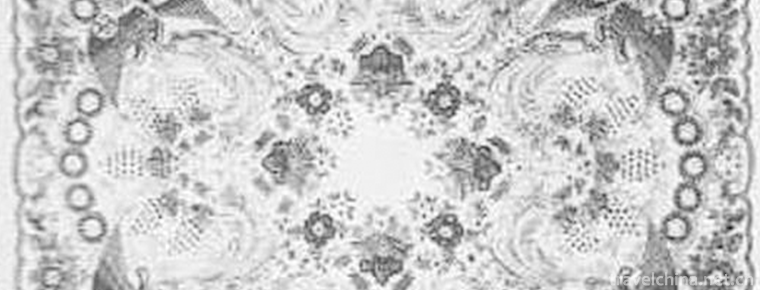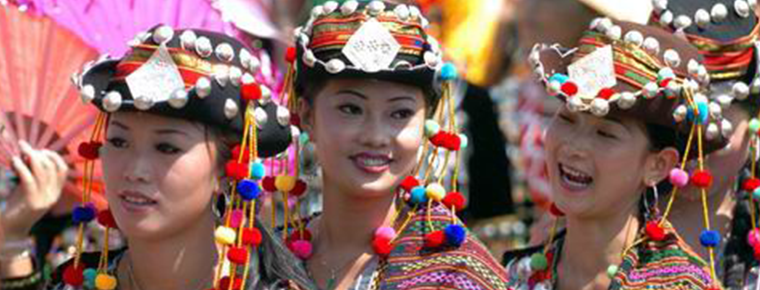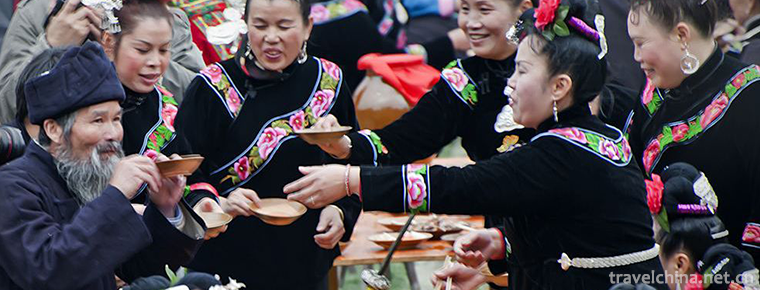Quail gruel
Quail gruel
Ingredients: Quail, 100 grams of Japonica rice, 20 grams of red beans, 3 pieces of ginger, 10 grams of cooking wine, proper amount of salt, monosodium glutamate, pepper and sesame oil.
Quail porridge
1. After slaughtering quail, remove its fur and viscera, chop off its feet, wash it with cold water into the pot, boil it for 3 minutes, then rinse the foam with clean water, drain the water; wash out the japonica rice; soak the red beans in warm water and wash them.
2. Set the net casserole on fire, add some water, and cook quail, ginger slices and cooking wine over low heat until quail is thoroughly cooked and removed. Then add japonica rice and red beans and cook porridge over low heat. Meanwhile, remove the cooked quail meat, cut it into small pieces, and mix it with the fragrant oil. When porridge is ripe, put quail meat, salt, monosodium glutamate and pepper into the porridge. Stir well and cook slightly, then serve in a pot.
Features: Fresh and delicious, unique taste.
Chef tips
1. Quail bones should be removed.
2. Red adzuki beans should be soaked for easy cooking.
Health Tips: This porridge has the functions of tonifying five Zang organs, benefiting Qi, strengthening muscles and bones, and eliminating accumulated heat. It is suitable for adjuvant treatment of chronic cough, shortness of breath, dyspepsia and anorexia. The body fat person eats, also has the slimming effect.
Recommendation for side dishes: Crab-flavored shredded radish. Reasons for collocation: White radish is rich in nutrition, it can relieve phlegm and cough, remove dryness, produce zinc, eliminate food along with qi, dispel cold and keep warm. This porridge is eaten together with crab-flavored radish shredded, which can strengthen kidney, waist and knee, nourish lung and relieve cough and asthma, and enhance the efficacy of this porridge.
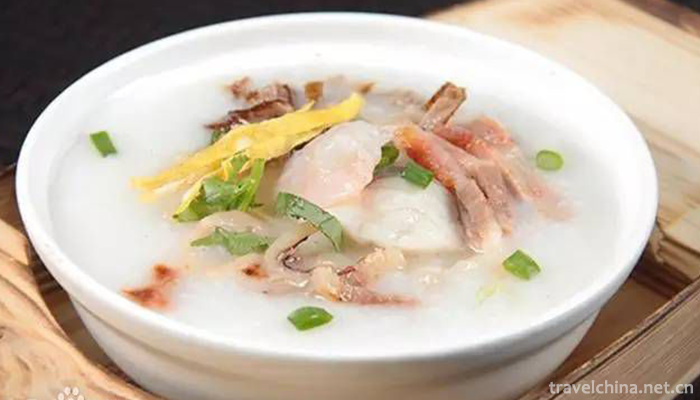
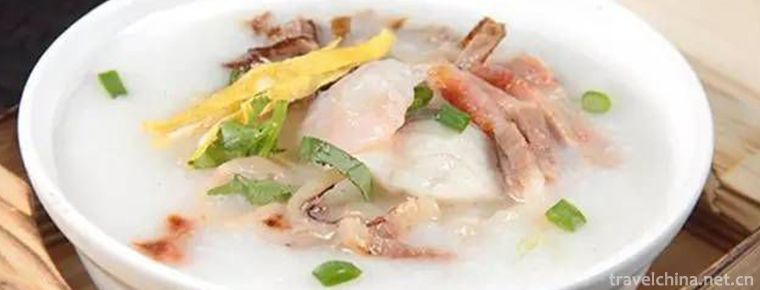
Quail gruel
-
Cuiyun Lang Scenic Area
Cuiyun Corridor, also known as "Huangbai Avenue", is a green corridor composed of nearly 10,000 green roads and ancient cypresses. It is the oldest and most well-preserved ancient road traff
Views: 125 Time 2019-01-06 -
Drawing Shantou Drawing
Drawing is a kind of embroidery, also known as "lace". Legend has it that yarn drawing originated in Italy, France and Portugal, and was developed on the basis of folk embroidery in the Midd
Views: 164 Time 2019-04-18 -
Gino Encouragement
Great encouragement, traditional dance in Jinghong City, Yunnan Province, is one of the national intangible cultural heritage.
Views: 278 Time 2019-05-05 -
Nau Song of Jingpo Ethnic Group
The Jingpo Munao Longitudinal Song is the most solemn traditional national festival of the Jingpo nationality and one of the national intangible cultural heritages.
Views: 92 Time 2019-05-08 -
Blue Clip Valerian Skills
Blue clip valerian technology, the local traditional printing and dyeing technology of Wenzhou City, Zhejiang Province, is one of the national intangible cultural heritage.
Views: 328 Time 2019-05-11 -
Miao New Year
Miao year, the first year of the Miao calendar, is the most solemn traditional festival of the Miao people. The time spent in different areas varies from September to the first month of the lunar cale
Views: 102 Time 2019-06-05 -
Construction Techniques of Yanmen Folk House
Yanmen folk house construction technology is a traditional skill with local characteristics in Xinzhou, Shanxi Province. It was listed in the third batch of intangible cultural heritage list in 2011.
Views: 147 Time 2019-07-10 -
Mianyang Teachers College
Mianyang Normal University is a full-time general undergraduate college in Sichuan Province. The school is located in Mianyang, China's science and technology city, the birthplace of Li Bai, known as
Views: 201 Time 2019-08-31 -
Beijing Electronic Science and Technology Institute
Beijing Electronic Science and Technology Institute is a general university which trains specialists in information security and office automation for Party and government organs at all levels. The Co
Views: 159 Time 2019-09-06 -
Capital University of Economics and Business
Capital University of Economics and Trade was founded in 1956. It was a key university under the municipal authority of Beijing, which was merged and established by the former Beijing School of Econom
Views: 148 Time 2019-09-22 -
juvenile Meng Ran Tik Tok Songs 2020 Hot Songs
"Juvenile" is a song composed and sung by mengran, which is included in the album "juvenile" released by mengran on November 14, 2019.
Views: 195 Time 2020-05-21 -
Yulei mountain
Yulei mountain, according to the original note of "Mian County" in the book of geography of Han Dynasty, "the water of Yulei mountain flows from southeast to Jiangyang and enters into the river." In Shuo Wen, the word "Yu" is written as "the water flows out of Sichuan county, Mian Yu Lei, Shandong Province, and enters the river in the south of Shandong Province
Views: 415 Time 2020-11-08

